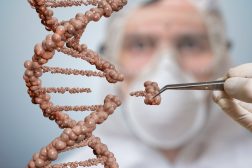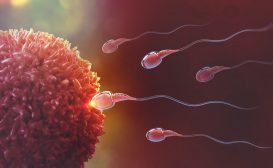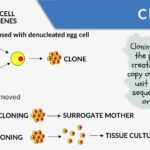
Cloning
n.,
[ˈkləʊnɪŋ]
Definition: creating a copy of a biological unit. Image credit: Modified by Maria Victoria Gonzaga of Biology Online – from image drawn by /
Deutsch: Quelle: Zeichner: Schorschski / Dr. Jürgen Groth, with text translated, CC BY 3.0.
Table of Contents
Cloning Definition
In biology, cloning is the process of producing similar populations of genetically identical individuals that occurs in nature when organisms such as bacteria, insects, or plants reproduce asexually. Cloning in biotechnology refers to processes used to create copies of DNA fragments (molecular cloning), cells (cell cloning), or organisms. The term also refers to the production of multiple copies of a product such as digital media or software. We will focus though on the biological context of cloning.
Let’s talk about cloning, its advantages and disadvantages. Join us here: Advantages and disadvantages of asexual reproduction and let us hear what you think!
Cloning is a natural form of reproduction – an asexual type, to be precise. It is the reproduction method used by many organisms, such as plants, fungi, and bacteria. Examples of such organisms are various trees such as hazel trees, blueberry plants, and the American sweetgum.
Natural vs. Artificial Cloning
Cloning can be natural or artificial. Examples of cloning that occur naturally are as follows:
- vegetative reproduction in plants, e.g. water hyacinth producing multiple copies of genetically identical plants through apomixis
- binary fission in bacteria
- parthenogenesis in certain animals
Clones can also be produced through artificial means. Biotechnological methods are employed to produce such clones.
Making multiple copies by manipulation procedures or biotechnology is artificial cloning. It can be by:
- molecular cloning, where copies of specific gene fragments are produced
- cellular cloning, where single-celled organisms with the exact genetic content of the original cell are produced in cell cultures
- organism cloning, or reproductive cloning, where a multicellular clone is created generally through somatic cell nuclear transfer
Molecular Cloning
This is the process by which copies of biomolecules, such as DNAs, are produced. It is used to amplify a particular DNA fragment containing target genes. Apart from the genes (coding sequences), it is also used in making multiple copies of promoters, non-coding sequences, and randomly fragmented DNA. The general steps in molecular cloning are as follows:
- Fragmentation
- Ligation
- Transfection
- Screening or selection
In fragmentation, the DNA strand is fragmented to isolate the desired DNA segment. This is then followed by ligation wherein the DNA fragments are glued together to achieve the desired sequence. Transfection is when the newly formed pieces of DNA are inserted into the cell. The transfected cells are then cultured. Screening or selection proceeds by identifying the cells with the new DNA. This could be done by using selection markers or by PCR, restriction fragment analysis, and/or DNA sequencing.
Cloning A Single Cell
Cloning a cell means deriving a population of cells from a single cell. In single-celled organisms such as bacterial cells and yeast cells, the process entails getting a sample and then inoculating it to the culture medium.
How about cloning a cell from a multicellular organism? This is rather a more complex procedure involving the use of cloning cylinders (rings). In essence, the cloning cylinder (a sterile polystyrene ring) is dipped in grease and then placed over an individual colony where cloned cells inside the ring can eventually be produced and subsequently collected for transferring into a new vessel.
Somatic-cell nuclear transfer is a form of cloning where stem cells are cloned for research or for therapeutic purposes, but not for reproduction. The stem cells are cloned and harvested for studying human diseases and thereby used for finding a cure or understanding the pathobiology of the disease. So far, this technique has been used for agriculture and for cloning animals, such as sheep, cattle, goats, and pigs. It is therefore seen as a solution to save endangered species from extinction.
Reproductive Cloning
Organism cloning (also called reproductive cloning) refers to the procedure of creating a new multicellular organism that is genetically identical to another. As already mentioned, cloning is a form of asexual reproduction. No sex cells (gametes) are involved in the process. Because there is no need for a mate, the parent organism reproduces relatively faster than organisms that reproduce sexually. Nevertheless, the disadvantage of asexual means, including cloning, is the decreased genetic diversity in the species. The low genetic variation could essentially make the offspring be similarly predisposed to environmental stressors whereby their parent is susceptible. They are therefore at risk of being wiped out by a particular environmental condition especially if their parent is susceptible to it.
Reproductive cloning in bacteria
A clone is genetically identical to its parent. This can be typically seen among bacteria that reproduce by binary fission. See the figure below for the general steps of binary fission.
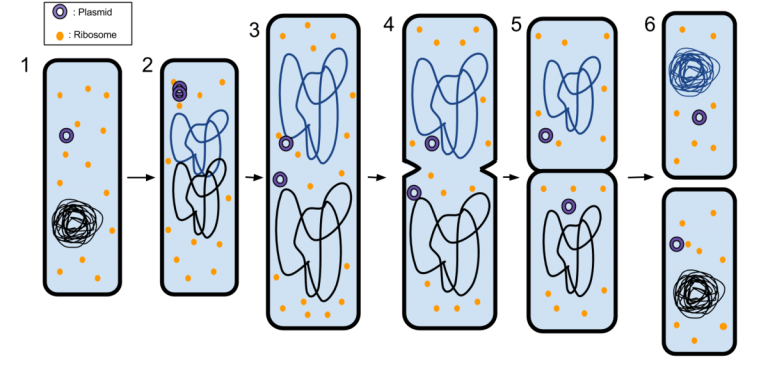
“Clones are genetically identical with their parents and siblings”. Do you agree? Join our Forum discussion: Advantages and disadvantages of asexual reproduction. Let’s talk!
Reproductive cloning in plants and animals
Apomixis (apomictic parthenogenesis) produces full clones of the mother as it does not entail meiosis. This is in contrast to automictic parthenogenesis wherein meiosis is involved and therefore the progeny is only a “half” clone of the mother. Apomixis is more common in plants.
Vegetative propagation is another form of cloning in plants. It is when a new plant emerges from vegetative parts. Examples are as follows:
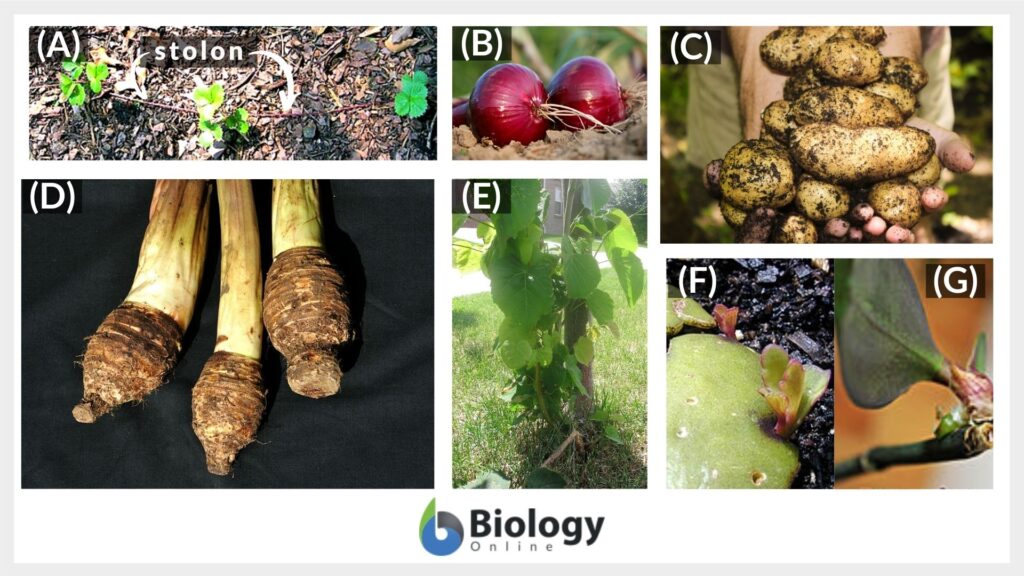
In animals, clones are reproduced by asexual means, such as parthenogenesis and budding. Examples of animals reproducing by parthenogenesis are aphids, rotifers, nematodes, certain lizards, snakes, birds, sharks, reptiles, and amphibians. Some of them reproduce by parthenogenesis either facultatively, which means they can also reproduce sexually) or obligately, which means they have no other means to reproduce but by parthenogenesis.
Watch this vid as an example of animal reproduction by parthenogenesis:
Budding, in turn, is the formation of an outgrowth from an organism. This outgrowth is capable of developing into a new individual and is genetically the same as the parent. It may stay attached or eventually split off from the parent. Examples of animals capable of reproducing by budding are hydra, corals, echinoderm larvae, and some acoel flatworms. Here is an example of the budding process.
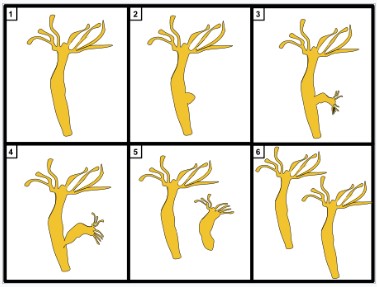
If you want to learn more about the different methods of asexual reproduction, read this. You may also be interested to read this tutorial about therapeutic cloning – Genetic Engineering Advantages & Disadvantages
Is it biologically possible to clone a human being? Why or why not? Share your views! Join us here: Advantages and disadvantages of asexual reproduction.
Try to answer the quiz below to check what you have learned so far about cloning.
©BiologyOnline.com. Content provided and moderated by Biology Online Editors.

